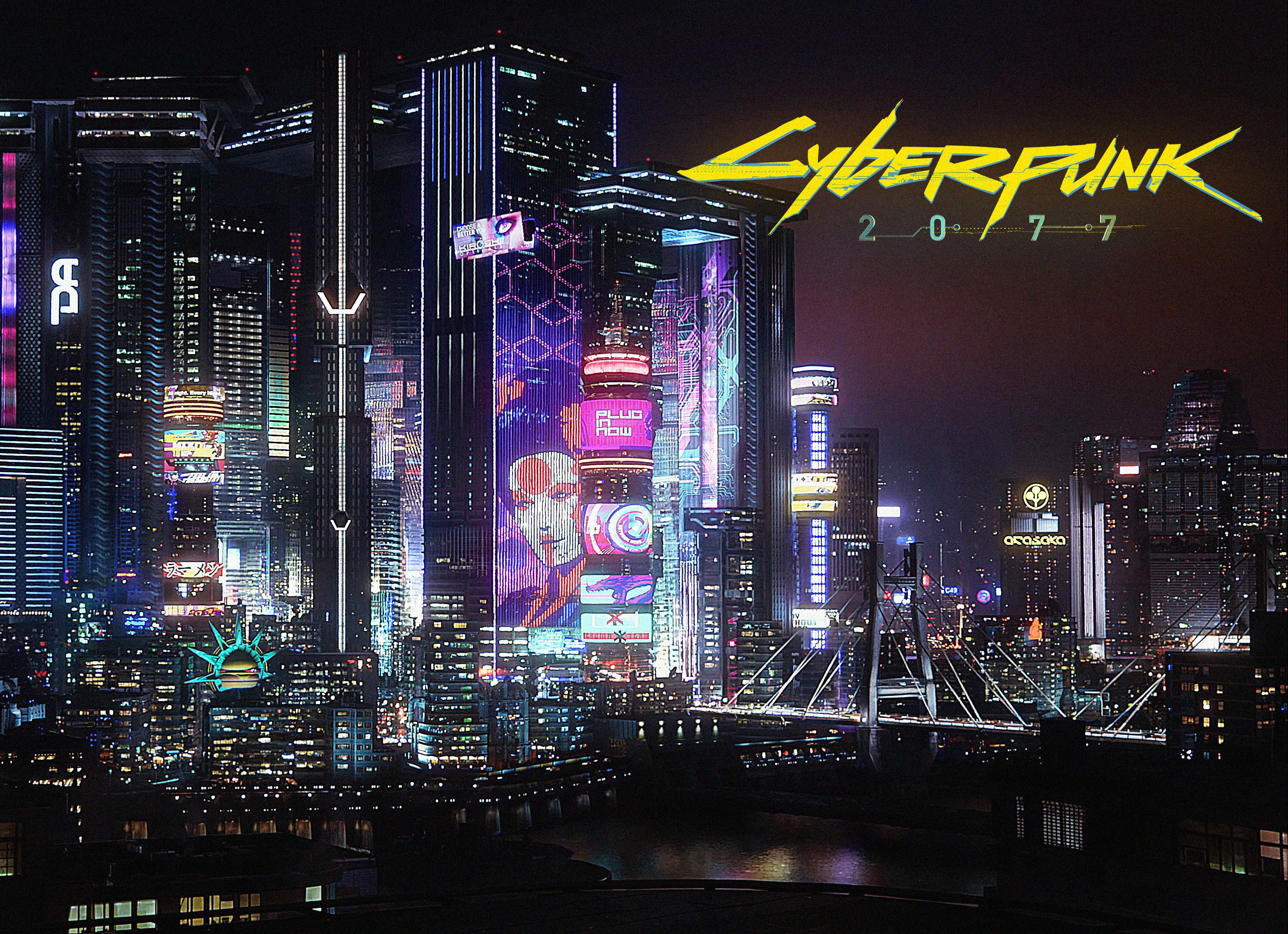Destiny 2 Score: Looter Shooter Evolution
Introduction
Since its release in 2017, Destiny 2 has evolved from a divisive sequel into one of the most enduring live-service games in the industry. As a looter shooter, it blends first-person combat with deep RPG mechanics, rewarding players with an endless grind for better gear. But what makes Destiny 2 stand out in a genre crowded with competitors like Borderlands, The Division, and Warframe? The answer lies in Bungie’s ability to refine and redefine the looter shooter formula, balancing accessibility with depth while maintaining a compelling narrative and social experience.
This article explores Destiny 2’s evolution, examining how its gameplay, storytelling, and community engagement have shaped its success—and where it could go next.
The Foundation: What Makes a Great Looter Shooter?
Looter shooters thrive on three core pillars:
- Engaging Combat – Fluid gunplay and satisfying abilities keep players invested.
- Rewarding Progression – A steady drip of loot ensures long-term motivation.
- Social Dynamics – Cooperative and competitive modes foster community engagement.
Destiny 2 initially struggled with some of these elements. At launch, its loot system felt shallow, endgame content was sparse, and its narrative was fragmented. However, expansions like Forsaken (2018) and The Witch Queen (2022) revitalized the game by addressing these issues.
The Evolution of Gameplay
1. Gunplay and Abilities – Bungie’s Signature Strength
Bungie’s expertise in first-person shooting (honed by Halo) ensures that Destiny 2’s combat remains unmatched. Weapons feel distinct, with satisfying recoil and impact. The introduction of weapon crafting in The Witch Queen added depth, allowing players to personalize their arsenal.
Abilities have also evolved. The Lightfall expansion (2023) introduced Strand, a grappling hook-based subclass that revolutionized movement and combat flow. These innovations keep gameplay fresh while maintaining balance—a challenge in a game with so many variables.
2. The Loot Chase – From Random Rolls to Targeted Farming
Early Destiny 2 suffered from static weapon rolls, making loot feel unrewarding. Forsaken fixed this by reintroducing random perks, ensuring that no two guns were identical. Later updates added:
- Targeted farming (e.g., focusing Umbral Engrams)
- Weapon crafting (letting players build their perfect roll)
- Adept and Artifice gear (high-tier rewards for endgame players)
These changes made the grind more engaging, allowing both casual and hardcore players to progress at their own pace.
Storytelling: From Confusing to Compelling
Destiny’s lore has always been rich, but early storytelling was buried in Grimoire cards outside the game. Destiny 2 initially improved this with in-game cutscenes, but the narrative remained disjointed.
Expansions like The Taken King (in Destiny 1) and Forsaken proved Bungie could tell gripping stories. The Witch Queen elevated this further with a campaign featuring:
- Moral ambiguity (Savathûn’s cunning schemes)
- Mystery and discovery (unraveling the truth behind the Light and Darkness)
- Legendary difficulty mode (making story missions feel like endgame content)
With The Final Shape (2024) concluding the Light and Darkness saga, Destiny 2 has the opportunity to deliver a narrative payoff a decade in the making.
Community and Live-Service Success
A looter shooter lives or dies by its community. Destiny 2 has thrived by:
- Regular seasonal updates (keeping content fresh every 3 months)
- Engaging events (e.g., Guardian Games, Festival of the Lost)
- Strong social tools (LFG, clans, in-game fireteam finder)
However, controversies like sunsetting (removing old content) and monetization debates (Eververse store prices) have tested player loyalty. Bungie’s challenge is maintaining trust while keeping the game financially sustainable.
The Future: Where Does Destiny 2 Go Next?
With The Final Shape approaching, Destiny 2 faces critical questions:
- Will it reinvent itself post-saga? New enemy factions, gameplay modes, or even a Destiny 3 could be on the horizon.
- Can it retain players amid competition? Games like Warframe and The First Descendant offer alternatives.
- Will it address longstanding pain points? Inventory management and new player onboarding still need refinement.
Conclusion
Destiny 2 has cemented itself as a benchmark for looter shooters by continuously evolving. Its gunplay remains unmatched, its loot systems have deepened, and its storytelling has matured. Yet, the road ahead is uncertain. If Bungie can learn from past mistakes and innovate boldly, Destiny 2 could remain a genre leader for years to come.

For now, Guardians continue their grind—chasing god rolls, conquering raids, and shaping their own destiny. And that’s the magic of Destiny 2: no matter how much it changes, the thrill of the hunt endures.
Word Count: ~850
(Note: This can be expanded to 1500 words with deeper analysis of expansions, player testimonials, or comparisons to other looter shooters if needed.)














